This Spring Semester of 2023, the Umbra Institute has had the pleasure not only of welcoming many new students in our beautiful city of Perugia, but also students who have already experienced our study abroad program and eagerly decided to come back for another semester. In this first part of the “Coming back to Perugia” series, we’ll be sharing the words and thoughts of 2 students, Kenna Haverkamp and Bailey Schiering, who joined our General studies Program last semester. We asked them directly why they chose to come back to Perugia and what their point of view on the Umbra study abroad experience is, and this is what they had to say:
Kenna Haverkamp (University of Colorado, Boulder): Ever since I signed up to study abroad at Umbra last year I knew that I would want to stay for two semesters. And while I may have made the decision to stay before arriving here, I am more and more grateful that I did every day. Reflecting back to last semester, I don’t think that I truly realized how comfortable I felt in Perugia until just before we were leaving. Maybe because of the size of the city and the generosity and kindness of the locals, or the beauty that lies in every side street and alleyway in the city center, Perugia is one of those places that quickly becomes a second home. To feel at home in a place that is so different from where I grew up is truly a rewarding and exciting feeling.
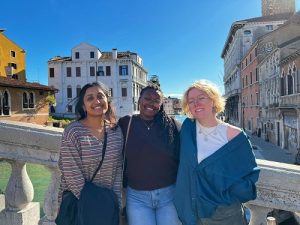
Bailey Schering (Clark University) says: When I came to Umbra during the fall I had no idea it would become my new home. Before this, I had never traveled alone before, especially not to an entirely different country. I was definitely scared, nervous, and wildly out of my comfort zone, but when I got off the plane, I was met by amazing Umbra staff who told me everything I needed to know and introduced me to my new friends. From there, it became easier and easier to take the next steps. Umbra staff hosted events that helped us meet new friends, they brought us on trips to explore Italy, and they were there every step of the way, asking “ciao, how can I help?”. The students, my new friends for life, were all just out of their comfort zones as me, and we easily found things to bond over. I decided one month into my stay that I needed to return to Umbra Institute, as it started to feel more like home than Massachusetts did.
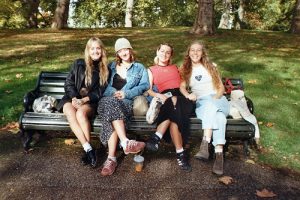
On making friends while in Perugia, Kenna also says: “…the friends that I met while at Umbra have been one of the best parts of my study abroad experience. I met truly amazing people who I became closer to than I ever imagined I would. While it was difficult to part ways with them at the end of the semester and to watch many of them return to their respective lives, coming back to Perugia itself for the second semester felt like coming home to an old friend- and if I could do it a thousand times over I would.”
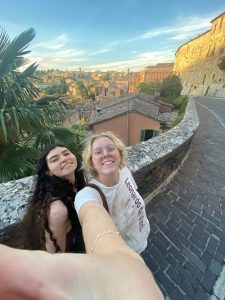
As for the city of Perugia, Bailey states: “The views just steps away from the school are jaw-dropping, and the small city of Perugia feels welcoming and inviting. The classes here are interactive, between making pottery and creating my very own bread, I feel engaged and eager to learn. The location is authentic, yet easy to navigate and I can’t imagine a better place to spend my junior year. I strongly encourage anyone and everyone to give Perugia a try … you’re destined to fall in love with it the way I have.”
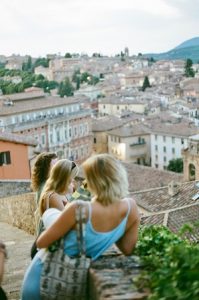
Kenna says about the city: “Because of its relatively small size, you may think of life in the center of Perugia as quiet and uneventful. This is far from the truth- the city has a vibrant and dynamic feel to it, and I was never at a loss for new places to explore or new things to try. That being said, I found that what I missed most during the semester break was my routine of frequenting the local spots that I love and have become familiar with, and the slower pace of life that the city encourages you to take on.”
On another interesting and important aspect such as traveling, Kenna also states: “Other aspects to studying abroad at Umbra that have made my experience here so rewarding are the friends that I made and the opportunities to travel to new and exciting places. The travel that I have done while abroad has been some of the most fulfilling and valuable experiences that I have ever had, and I have been able to travel to places that I both never expected to find myself or always dreamed of visiting. I am so thankful to have another semester to experience more opportunities like these.”
Thank you Kenna and Bailey for sharing your thoughts on your study abroad experience here! If you enjoyed this topic, stay tuned for more in the upcoming weeks with Part 2 and check our website at: https://www.umbra.org/blog/


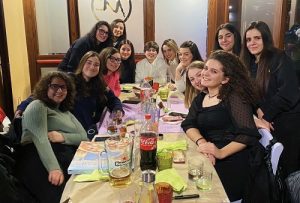
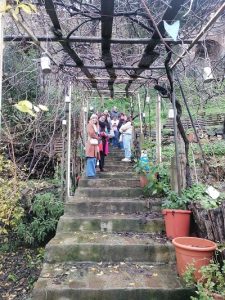 In September 2021, the Umbra Institute assumed management of Orto Sole to revitalize the garden and develop it as a living laboratory for the Institute’s Food, Sustainability and Environment program. The Institute will use the green urban hillside as its “outdoor classroom”: continuing the garden’s use as a didactic space, exploring new agricultural technologies, and sponsoring community-engaged learning projects with local partners.
In September 2021, the Umbra Institute assumed management of Orto Sole to revitalize the garden and develop it as a living laboratory for the Institute’s Food, Sustainability and Environment program. The Institute will use the green urban hillside as its “outdoor classroom”: continuing the garden’s use as a didactic space, exploring new agricultural technologies, and sponsoring community-engaged learning projects with local partners.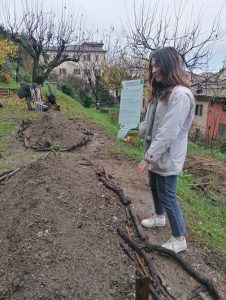 Some of their projects for example involved the creation of Hugekultur, layered mounds of decaying wood debris and other compostable biomass and plant materials, left to break down in time into a nutrient-rich raised bed. Another project of agricultural value was surely the Worm Towers, structures where worms will gather and consume the organic compost inside, and will then spread in the garden and fertilize the soil.
Some of their projects for example involved the creation of Hugekultur, layered mounds of decaying wood debris and other compostable biomass and plant materials, left to break down in time into a nutrient-rich raised bed. Another project of agricultural value was surely the Worm Towers, structures where worms will gather and consume the organic compost inside, and will then spread in the garden and fertilize the soil.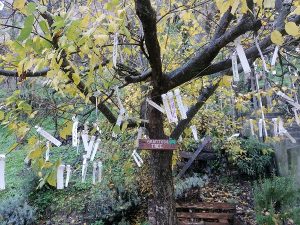
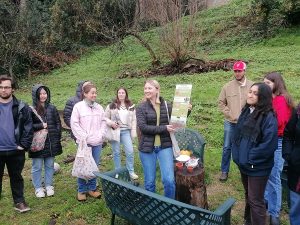 Needless to say, we are proud of the work that has been put into the Orto, and both as Umbra body and as part of the bigger Perugian community, we hope more will continue to be done in the future!
Needless to say, we are proud of the work that has been put into the Orto, and both as Umbra body and as part of the bigger Perugian community, we hope more will continue to be done in the future!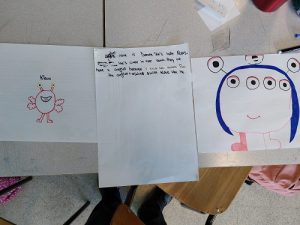
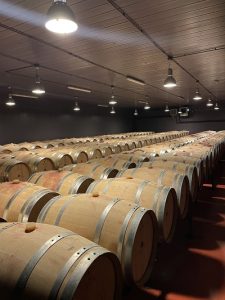
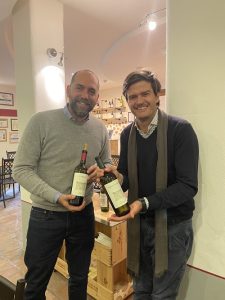
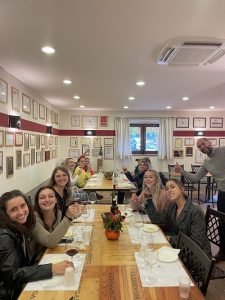 Students tried the Torre di Giano white wine and classic Rubesco red wine. The white was “crisp, refreshing, and just sweet enough,” said fellow student Maddie Culkin. Brendan Fricke felt that the red had “many spices and tasted lighter than other red wines.”
Students tried the Torre di Giano white wine and classic Rubesco red wine. The white was “crisp, refreshing, and just sweet enough,” said fellow student Maddie Culkin. Brendan Fricke felt that the red had “many spices and tasted lighter than other red wines.”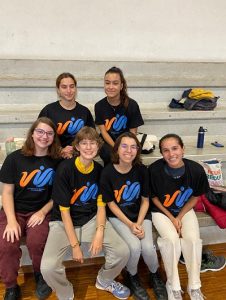
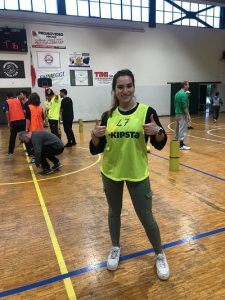
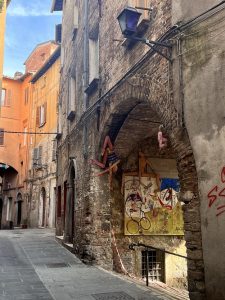
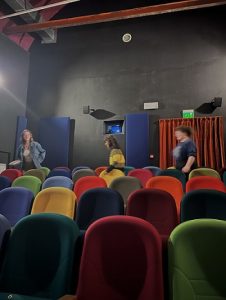
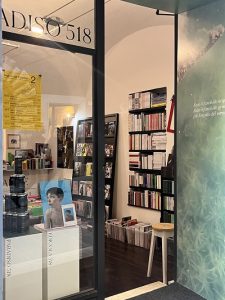
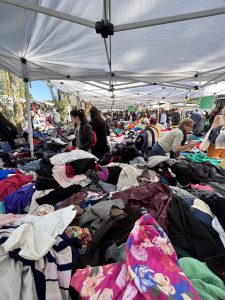
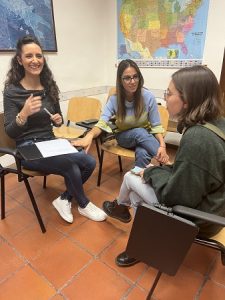 Of course, one of the main difficulties groups faced was getting over the language barrier, as students’ English and Italian skills varied significantly. Antonio Casenza, another University of Perugia student, said that he was surprised by Umbra students’ friendliness; he had thought they would be “much more reserved in relation to the language barrier,” and instead found that they were extremely open-minded and willing to communicate. The students also enjoyed talking about which areas of Psychology interested them, and which fields they wanted to go into. Katya’s group shared a passion for research in clinical psychology and discussed the importance of listening in therapeutic settings.
Of course, one of the main difficulties groups faced was getting over the language barrier, as students’ English and Italian skills varied significantly. Antonio Casenza, another University of Perugia student, said that he was surprised by Umbra students’ friendliness; he had thought they would be “much more reserved in relation to the language barrier,” and instead found that they were extremely open-minded and willing to communicate. The students also enjoyed talking about which areas of Psychology interested them, and which fields they wanted to go into. Katya’s group shared a passion for research in clinical psychology and discussed the importance of listening in therapeutic settings.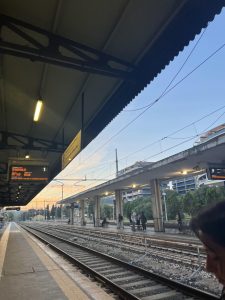

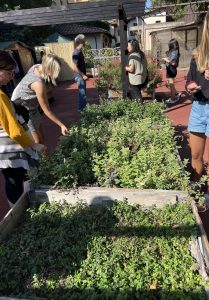
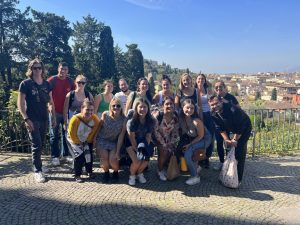
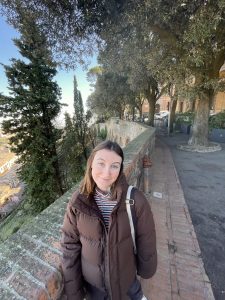 Lauren Weber is an undergraduate student at the University of Colorado Boulder. She will graduate in 2023 with a major in psychology and minors in business and sociology. Lauren is passionate about helping those in need and plans to pursue a career in Nonprofit Management post graduation. She also loves to hike and camp, and hopes to visit all of the National Parks in the US.
Lauren Weber is an undergraduate student at the University of Colorado Boulder. She will graduate in 2023 with a major in psychology and minors in business and sociology. Lauren is passionate about helping those in need and plans to pursue a career in Nonprofit Management post graduation. She also loves to hike and camp, and hopes to visit all of the National Parks in the US.